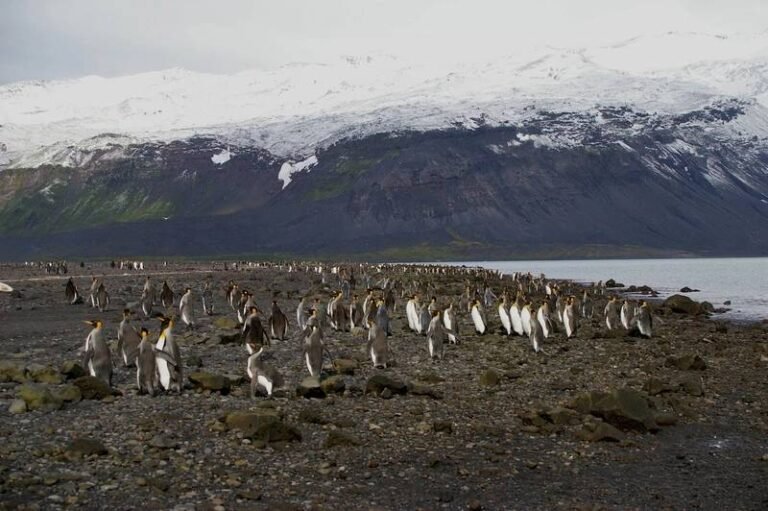Exploring the Untouched Beauty of Heard Island and McDonald Islands
This year, the Australian Antarctic Division is embarking on an exciting journey to Heard Island and McDonald Islands as part of the Australian Antarctic Program. These remote territories, located in the southern Indian Ocean, offer a unique blend of fire and ice, with Australia’s only active volcano and stunning glaciers carving through the landscape.
Heard Island and McDonald Islands are home to diverse wildlife, including penguins and seals that dot the coastline. The upcoming expedition, led by the Australian Antarctic Program using the icebreaker RSV Nuyina, marks the first visit to Heard Island in over two decades. The primary objective of the expedition is to assess the state of the islands’ flora and fauna.
Protected Areas and Species Director Annette Dunkley emphasized the importance of understanding and preserving the delicate ecosystems of HIMI. “These islands represent some of the most pristine and dynamic environments on Earth, where natural processes have been unfolding without significant human interference. As custodians of this external territory, it is our duty to study and protect this unique area,” Dunkley stated.
In addition to conservation efforts, the expedition will focus on conducting vital terrestrial and marine research. Project Lead Dr. Aleks Terauds highlighted key priorities such as monitoring threatened seabirds and seals, surveying marine ecosystems for fisheries management, mapping the bathymetry around the islands, and studying glacial retreat patterns to enhance climate science.
Earlier this year, Australia extended the marine reserve around Heard Island and McDonald Islands, safeguarding nearly 90% of the exclusive economic zone. This expansion underscores the country’s commitment to preserving the rich biodiversity and pristine habitats found in this remote region.
As the expedition sets sail, scientists and expeditioners are eager to delve into the untouched beauty of Heard Island and McDonald Islands, unraveling the mysteries of these remote landscapes and contributing essential data to inform conservation efforts and scientific research.

